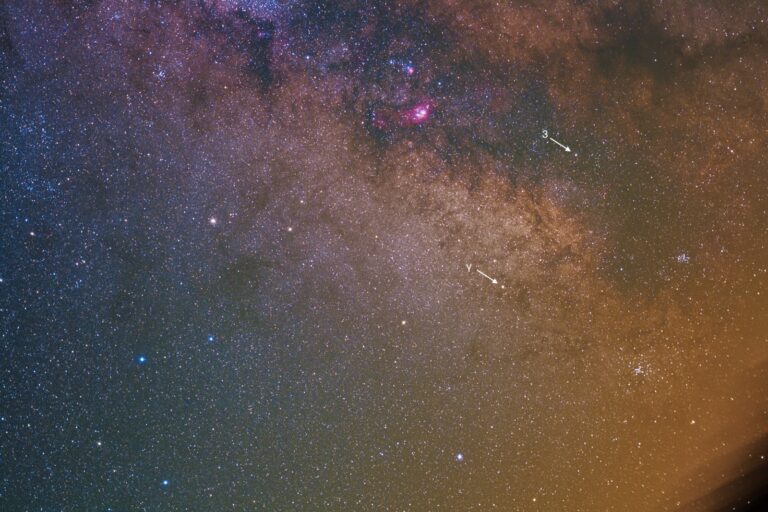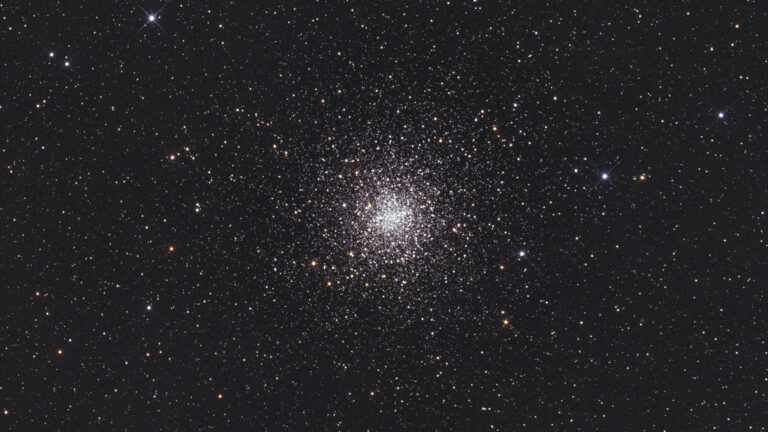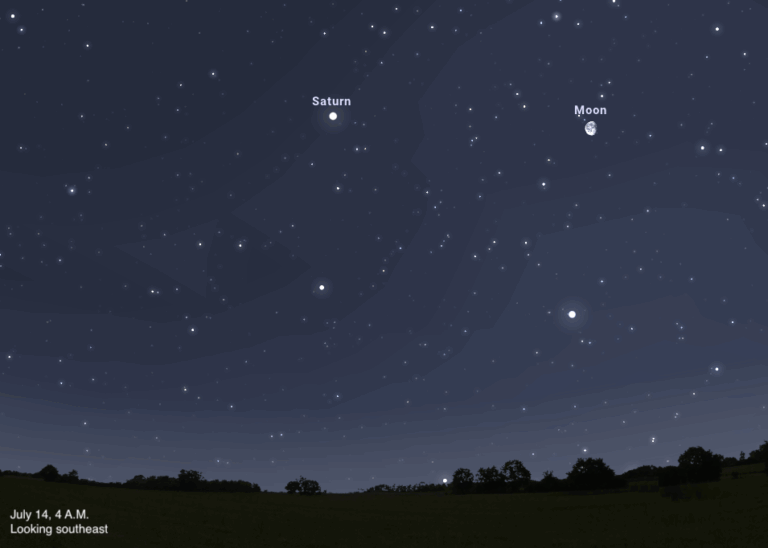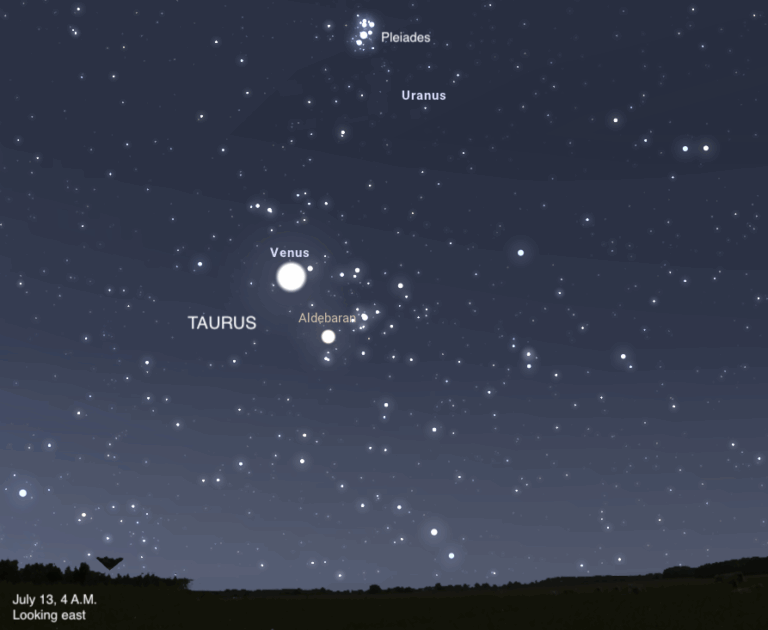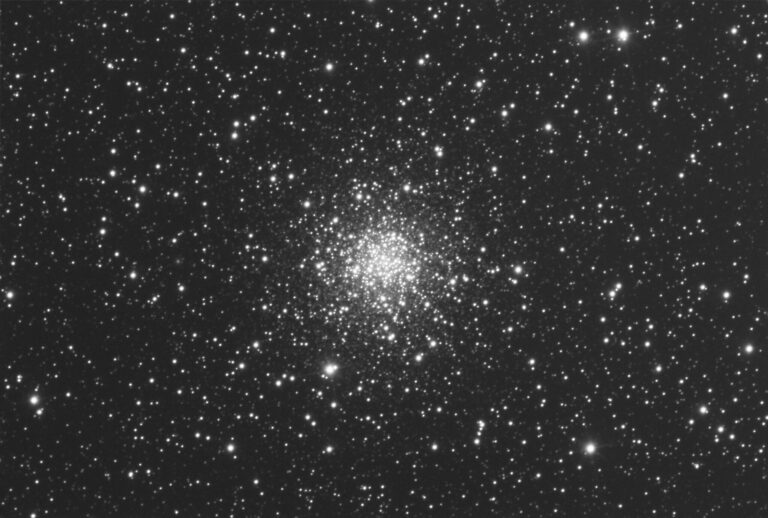
Key Takeaways:
WAUKESHA, Wis. — The Sun and the Moon align July 22, 2009, for this year’s only total solar eclipse. A cone of darkness will cut a narrow course through eastern Asia and the western Pacific. The Moon’s dark face will block the Sun’s brilliant disk for up to 6 minutes and 39 seconds, making this the longest total solar eclipse of the 21st century.
Complete Astronomy magazine coverage of this solar eclipse includes observing tips, on-site reports, blogs, Twitter updates, and stunning images of this historic event.
The dark inner part of the Moon’s shadow, called the umbra, is the region under which eclipse watchers can see totality. It first touches Earth’s surface at daybreak just off India’s west coast, north of Mumbai, and then races to the east-northeast. The shadow traverses India in only 6 minutes, yet it brings more than 3 minutes of totality to anyone on the center line.
After India, the center line crosses Bhutan and the eastern Indian states of Arunachal Pradesh and Assam. The umbral shadow is so big here (about 140 miles [225 km] wide), however, that people in parts of Nepal, Bangladesh, and Burma also will experience totality.
After the shadow crosses the rugged mountains separating India and China, residents of the capital city of Chengdu in Sichuan province will experience more than 3 minutes of totality, and those in Chongqing increase that to more than 4 minutes. On the center line between these two cities, the Sun will disappear for nearly 5 minutes. Farther east, China’s fourth-largest city, Wuhan (with nearly 10 million inhabitants), will lie in darkness for 5 minutes and 25 seconds. The shadow crosses China in 35 minutes. China’s largest city, Shanghai (with nearly 20 million people), will receive 5 minutes of totality.
After leaving the Chinese mainland, the umbral shadow crosses the East China Sea. Its next landfall is in Japan’s Ryukyu Islands and then, some 30 minutes later, on the remote islands of Iwo Jima and Kitaio Jima. Maximum eclipse occurs about 195 miles (315 km) east of Iwo Jima. At the peak, the Sun lies nearly overhead and disappears for 6 minutes and 39 seconds. Although the shadow’s traverse of Earth’s surface is only half over, the rest of the path lies over mostly open water. All told, the umbral shadow spends 3 hours and 25 minutes on the surface and crosses about 9,400 miles (15,150 km).
Two factors make this the longest total solar eclipse of the 21st century. First, the Sun is at its farthest point from Earth July 4. By July 22, the Sun hasn’t come much closer, so it appears near its smallest in our sky. A small Sun means the Moon can cover it longer.
Second, the Moon comes closest to Earth for 2009 — and thus appears biggest — less than 5 hours before the eclipse begins. Just as a small Sun lengthens an eclipse, a large Moon covers the Sun longer. The Sun and Moon normally appear about the same size in our sky. At maximum eclipse July 22, the Moon appears 6.2 percent bigger.
It takes a little more than an hour from first to second contact, when the eclipse becomes total. With a minute to go before totality, the solar crescent dwindles to a thin sliver. Totality arrives at second contact, when the Moon extinguishes the diamond ring. Now is when the Sun’s corona, its outer atmosphere, takes center stage. The corona’s ghostly glow appears pearly white and likely will extend for a few solar diameters.
“This is the time when people should be watching the spectacle,” says Astronomy magazine Contributing Editor Raymond Shubinski, “but many will be trying to take pictures.” Shubinski suggests that if a person is attending their first total solar eclipse, they should just watch. “Trying to get good pictures in such a short time, well, there’s just so much that can go wrong,” he says.
During totality, viewers should see the brightest stars and planets. From China, Venus will be blazing almost directly overhead. Bright Mercury will lie slightly east of the Sun, and Sirius — the sky’s brightest nighttime star — will glow about halfway up in the south-southeast.
As soon as totality ends, people will start thinking about their next chance to witness totality. It won’t be long. On July 11, 2010, the Moon will block the Sun completely along a path through the South Pacific. At maximum, the Sun will be hidden for 5 minutes and 20 seconds.



